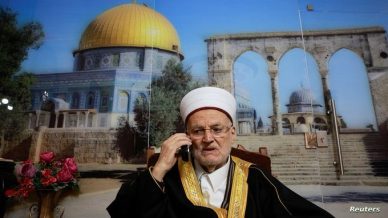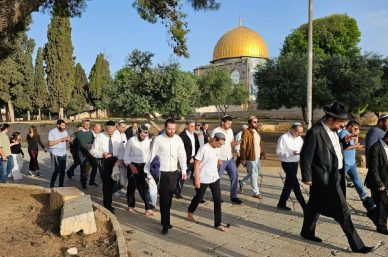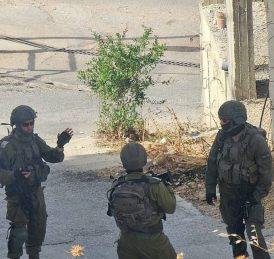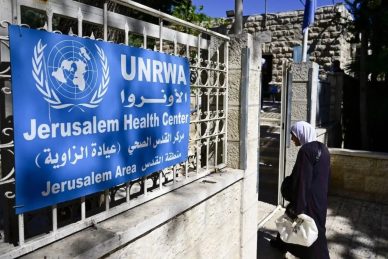As the month of Ramadan is marked Palestinians’ longing to pray at Al-Aqsa and visit Jerusalem grows so is the longing of those who have not visited the Mosque whenever they hear the stories of people who have prayed there wishing to have the same experience one day.
“I could not believe it when they told me I would pray in Jerusalem. I am 22 years old and I have been waiting for this moment” said Tima Amer from the northern West Bank city of Nablus when she was told she would pray in Jerusalem after she applied for a permit to pray there and got rejection ten times under “security claims”.
Mixed feelings
“I felt that I was in a dream that might end any time my departure is based on a permit that would end in a few hours” she told the PIC reporter.
“When I arrived in Al-Aqsa Mosque I had a strange feeling that I could not describe. The feeling of joy was mixed with sadness and I felt defeated. Everywhere I stood in I used to watch on the television. My memory recalled the Israeli incursions into Al-Aqsa Mosque which I used to watch only on the television and now I see it on the ground without barriers.”
Amer noted that her visit to Jerusalem was not traditional; she wandered in Jerusalem’s old alleys to get to know the history of the city walking into its ancient historical markets and speaking with people who suffer from humiliation and oppression every passing day.
“The first visit was very joyous but I felt sad for what is going on in Jerusalem and Al-Aqsa Mosque where the (Israeli) occupation is accelerating its steps to Judaize the rest of the holy city” said Amer’s 18-year-old sister.
She added: “Jerusalem today is sad because of the lack of worshipers the number of worshipers was not equal to the extent of the crisis in Jerusalem” calling on all Muslims to pray in Jerusalem and to travel there during the holy month of Ramadan.
Smile was seen on Wala Mohammed from the village of Jureish in the Nablus district after the first visit to Jerusalem stressing that this feeling is not matched by traveling anywhere in the world even if it is the most beautiful location.
She noted that despite her desperate attempts in the previous years she did not lose hope that she would obtain a permit to enter Jerusalem.
Although the distance between Nablus and Jerusalem is about 69 kilometers which normally takes an hour to travel it takes 3-4 hours now due to the complexities of the occupation the (separation) Wall and the gates imposed on Palestinians for years.
Checkpoints and security checks
Passengers traveling between Nablus and Jerusalem pass through five main checkpoints: Huwwara Za’tara Beit El Qalandiya and Jaba and other secondary checkpoints including the Ofra checkpoint and Ein Yabrud. The most severe measures are taken at the Qalandiya checkpoint with two crossing points for males and one for females in addition to an electronic security check.
The Israeli occupation forces set up dozens of surveillance cameras starting from the Qalandiya checkpoint until the gates of Al-Aqsa Mosque some of them are placed on air-borne platforms or helicopters which monitor the movement in and out of the Mosque around the clock.
Citizens say that the first step to enter to Al-Aqsa is lining up at the Qalandiya checkpoint according to age which is followed by passing through many police checkpoints. People’s IDs are checked to double-check their ages. Men over the age of 40 are allowed to pass as well as those who are below 40 and have special permits. After that people move to new halls where they are physically checked and they often pass through further inspection using special sensors for checking baggage.
With the completion of these procedures the next stop is the passage to Al-Amoud Gate using special buses that take passengers directly there to enter the area under the eyes of hundreds of soldiers and conscripts to cross to the Old City and then Al-Aqsa Mosque.
Young men are randomly stopped by soldiers at flying checkpoints in the streets of the Old City and at the gates of Al-Aqsa Mosque.















